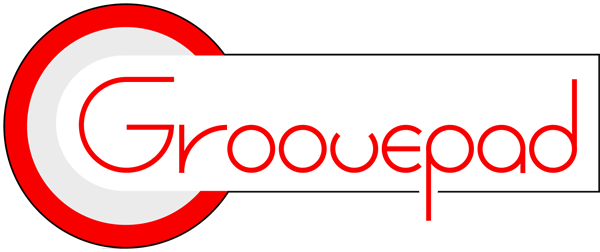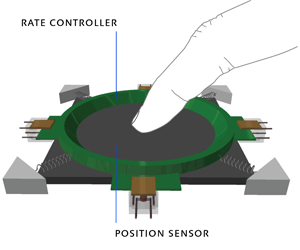
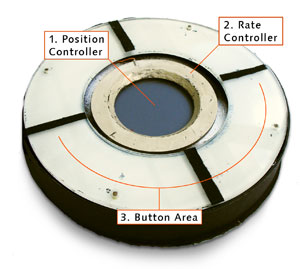
Abstract
The Groovepad is an input device that uses the physical frame of a regular touchpad as an elastic force sensor to permit additional rate-control input. The two independent input sensors can be used separately, but facilitate frequent and fluent switching between position-controlled and rate-controlled interaction
techniques.
We studied the usability of the Groovepad in pointing, panning, and dragging tasks. Our observations indicate that the use of the two input sensors for the same functionality (e.g., cursor control) can result in a decision dilemma, which adversely affects performance. As an alternative, we propose to use both sensors for complementary subtasks. For example, we performed workspace panning with the elastic frame of the Groovepad, while cursor motion was operated with the touchpad. This particular mapping possesses the compelling
property that the frame of the touchpad serves as a tactile reference of the visual workspace. A user study revealed that our approach was preferred and performed significantly better than techniques that only used touchpad input.
The increasingly popular zoomable interfaces are potentially a promising application domain for the Groovepad, since they require pointing, panning and zooming as inherent operations. Pointing and panning is directly supported by the Groovepad and smooth circular gestures along the Groovepad ring can be used to specify the zoom factor.
Pointing, Panning and Zooming with the Groovepad
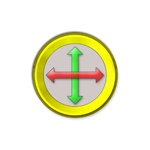
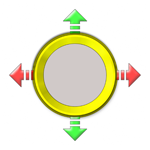
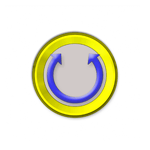
Publication
Alexander Kulik, André Kunert, Anke Huckauf, Bernd Froehlich
The Groovepad: Ergonomic Integration of Isotonic and Elastic Input for Efficient Control of Complementary Subtasks
APCHI '12 Proceedings of the 10th asia pacific conference on Computer human interaction, 2012
DOI=10.1145/2350046.2350065
[paper]

